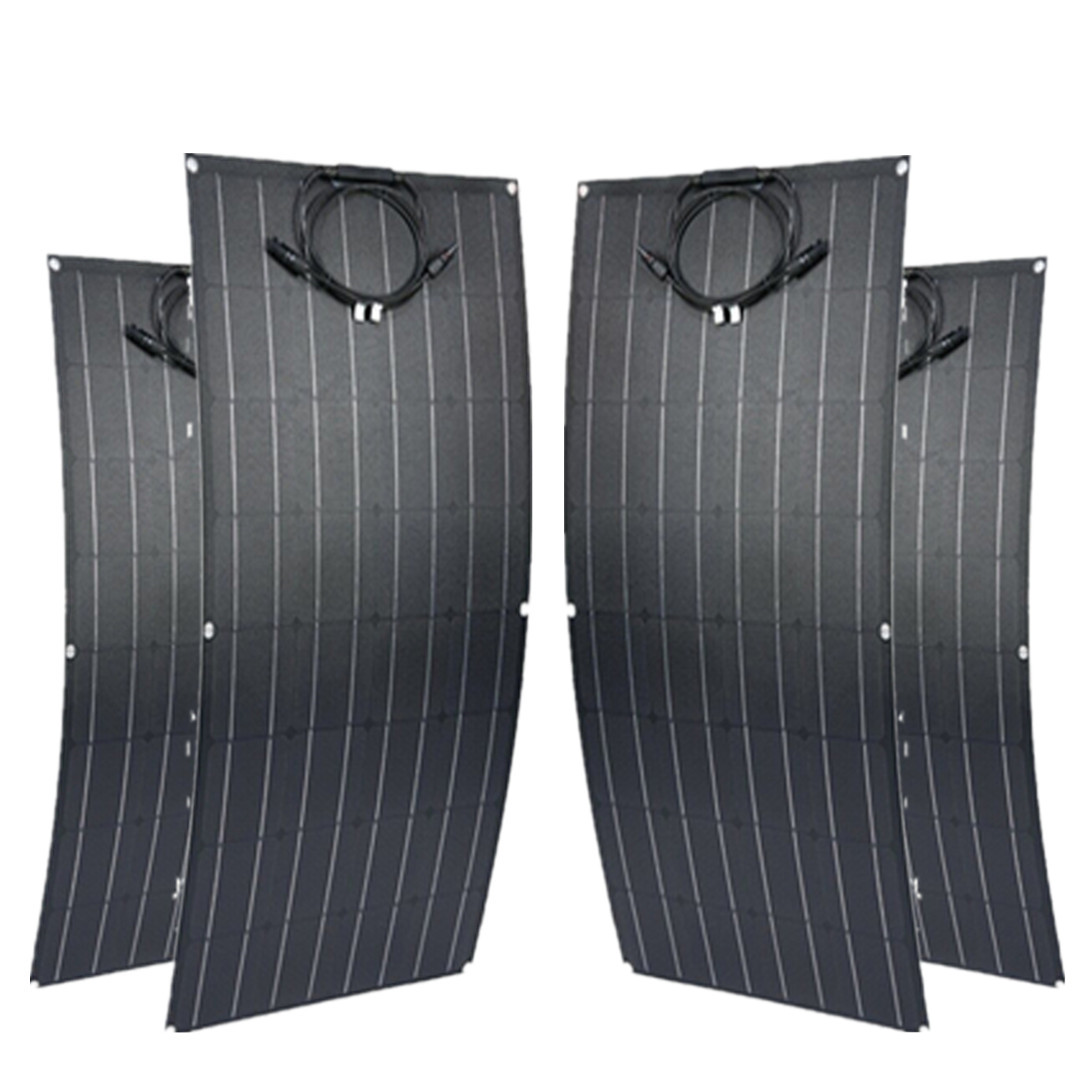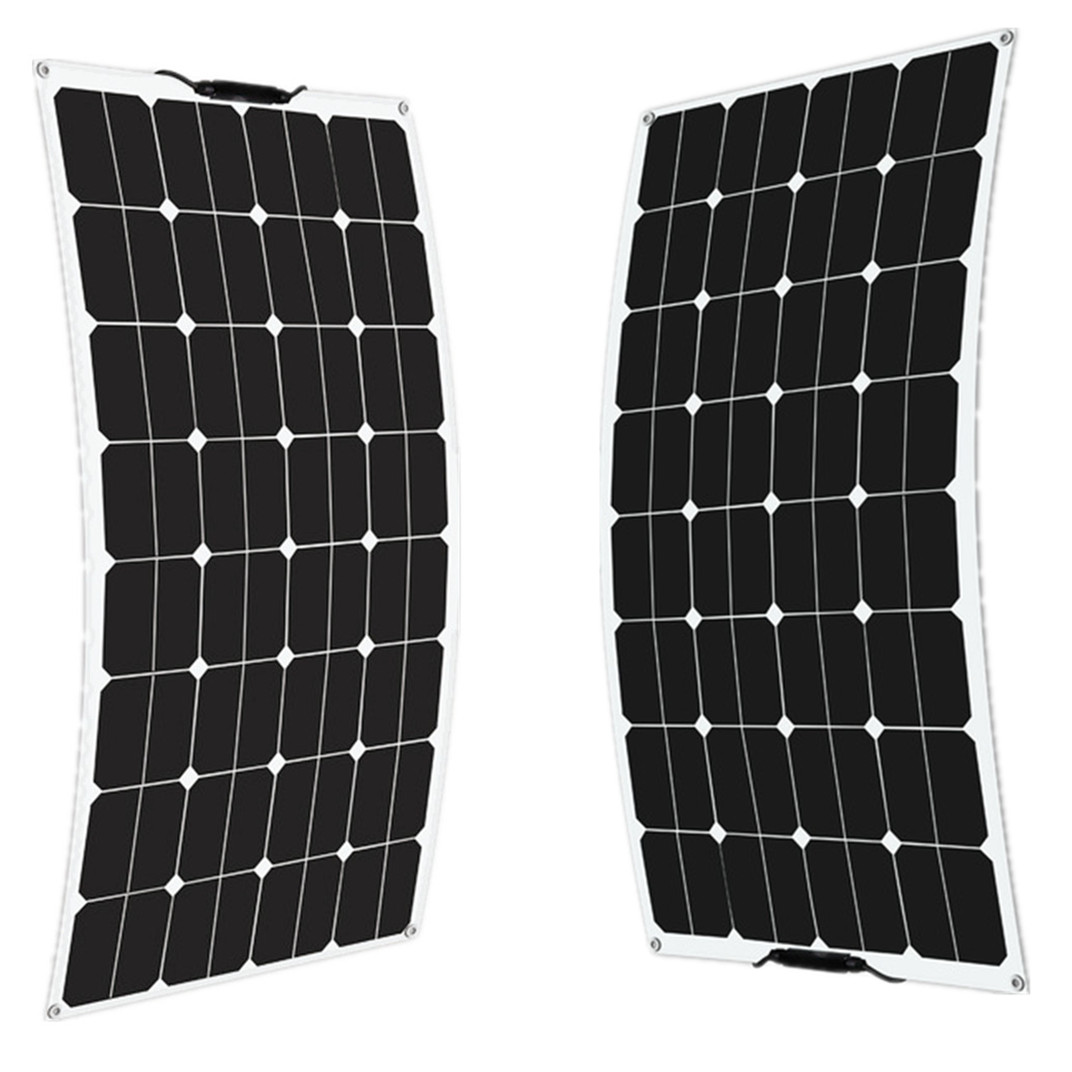Monocrystalline silicon refers to the overall crystallization of silicon material into a single crystal form, is currently widely used photovoltaic power generation materials, monocrystalline silicon solar cells are the most mature technology in silicon-based solar cells, relative to polysilicon and amorphous silicon solar cells, its photoelectric conversion efficiency is the highest. The production of high efficiency monocrystalline silicon cells is based on high quality monocrystalline silicon materials and mature processing technology.
Monocrystalline silicon solar cells use monocrystalline silicon rods with a purity of up to 99.999% as raw materials, which also increases the cost and is difficult to use on a large scale. In order to save costs, the material requirements for the current application of monocrystalline silicon solar cells have been relaxed, and some of them use the head and tail materials processed by semiconductor devices and waste monocrystalline silicon materials, or are made into monocrystalline silicon rods for solar cells. The technology of monocrystalline silicon wafer milling is an effective means to reduce light loss and improve the efficiency of the battery.
In order to reduce production costs, solar cells and other ground-based applications use solar-level monocrystalline silicon rods, and the material performance indicators have been relaxed. Some can also use the head and tail materials and waste monocrystalline silicon materials processed by semiconductor devices to make monocrystalline silicon rods for solar cells. The monocrystalline silicon rod is cut into slices, generally about 0.3 mm thick. After polishing, cleaning and other processes, the silicon wafer is made into raw material silicon wafer to be processed.
Processing solar cells, first of all on the silicon wafer doping and diffusion, the general doping for trace amounts of boron, phosphorus, antimony and so on. Diffusion is carried out in a high-temperature diffusion furnace made of quartz tubes. This creates a P > N junction on the silicon wafer. Then the screen printing method is used, the fine silver paste is printed on the silicon chip to make a grid line, and after sintering, the back electrode is made, and the surface with a grid line is coated with a reflection source to prevent a large number of photons from being reflected off the smooth surface of the silicon chip.
Thus, a single sheet of a monocrystalline silicon solar cell is made. After random inspection, the single piece can be assembled into a solar cell module (solar panel) according to the required specifications, and a certain output voltage and current are formed by series and parallel methods. Finally, frame and material are used for encapsulation. According to the system design, the user can compose the solar cell module into a variety of different sizes of solar cell array, also known as solar cell array. The photoelectric conversion efficiency of monocrystalline silicon solar cells is about 15%, and the laboratory results are more than 20%.
Post time: Sep-07-2023



